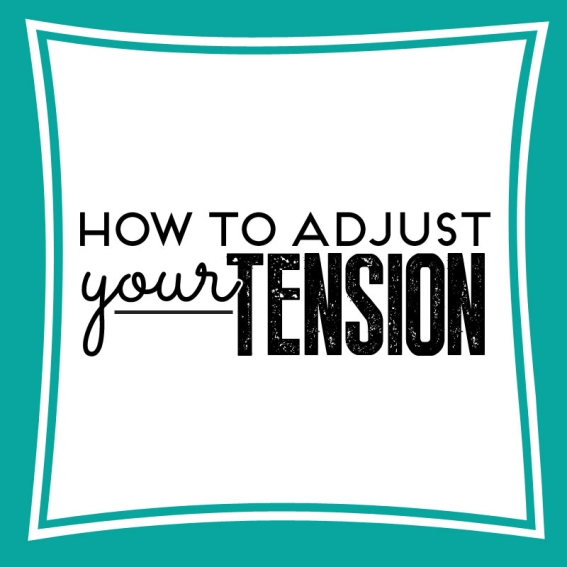
How to adjust your tension
-
Generally speaking, leave the tension dial alone! It will have been set in the factory for general sewing and today’s machines are very forgiving. The tension dial is used to alter the needle (top thread) tension. However, stitch problems are rarely caused by the tension.
-
The average/correct tension is usually highlighted in some way on the dial with different colours, shading or boxes around the numbers. For general sewing, keep the tension set within these.
-
If you do have stitch problems, rethread the machine and the bobbin. Most issues are caused by incorrect threading, or even the thread having jumped out from between the tension discs.
-
If the fabric is puckering as you sew, check the stitch length is suitable for the fabric; too long a stitch on fine fabrics will cause it to pucker. Use a small stitch length of 2.2 on fine fabrics, 2.5 on most wovens, and 2.8 – 3 on thick fleece or several layers.
-
Check the needle. A blunt one causes stitch problems such as skipped stitches or uneven stitching.














































